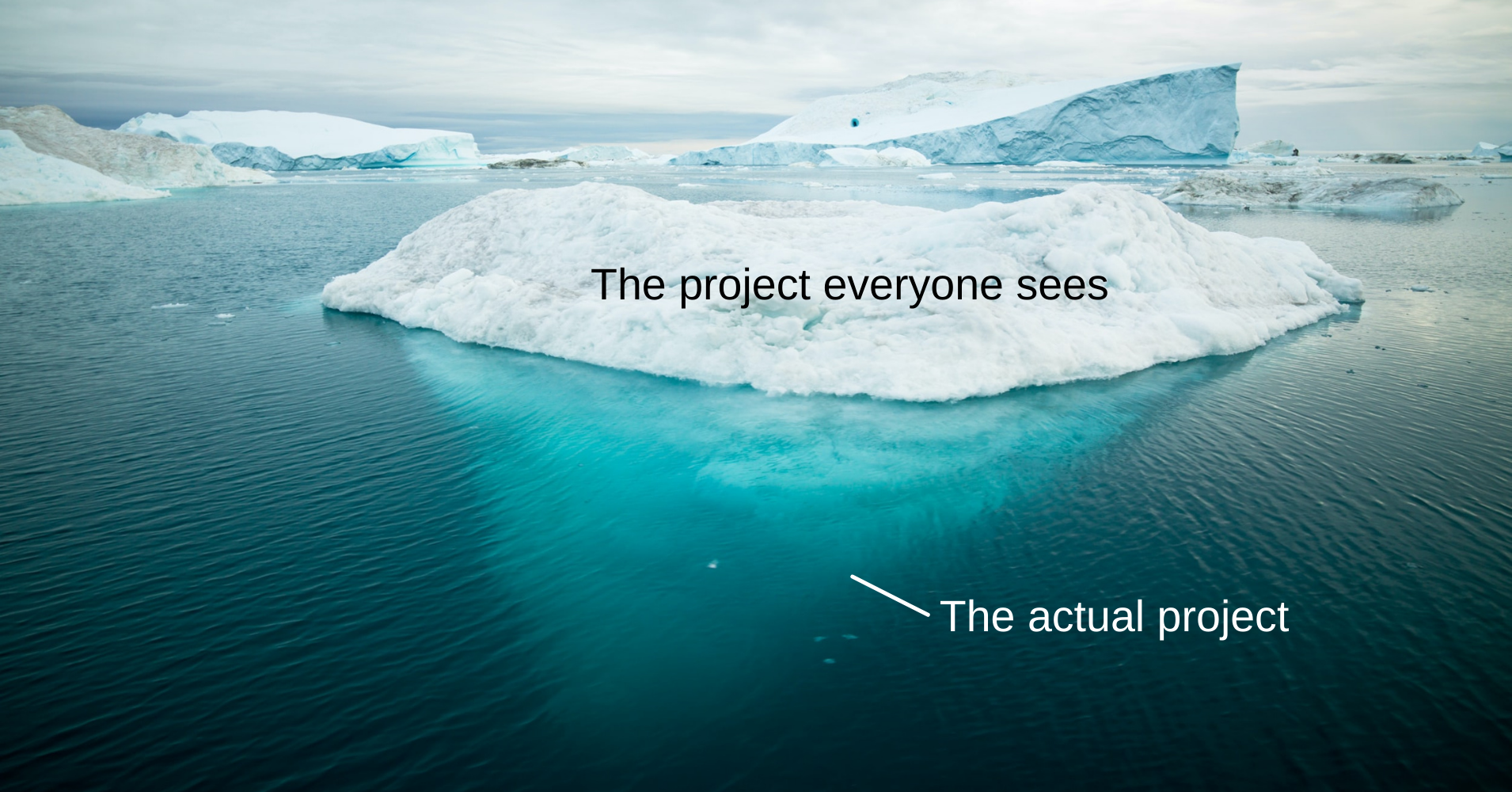The misunderstanding of "Design Development and Construct"
The Insight
The term ‘Design and Construct’ is used loosely to define a number of derivations of the procurement strategy, each requiring various amounts of documentation. Misuse of the term affects the project brief, contract conditions and the budget. The client should be very clear in what they desire and their procurement officers must ensure that the delivery model is appropriate.
The level of documentation required for each contract type can greatly affect the project outcome. For example, if a contract is labeled ‘Construct Only’, there should be no design requirements, no matter how small. Whereas if the Client issues a set of documents during tender that require the tenderer to complete the documentation, the more appropriate contract is ‘Design Development and Construct’.
In order to achieve a quality, fit for purpose outcome, there are vast amounts of effort, thought and preparation put into the project other than just the physical end product. The level the client goes into the detail and documentation influences the fitness for purpose of the outcome.
A common term used in the ‘Design Development and Construct’ procurement strategy is “to the extent specified” – this thinking is the baseline for the contract documents and the brief to the contractor. By providing a greater amount of detail, the end deliverable is much more assured.
In contrast, a ‘Design and Construct’ procurement process has a minimum amount of detail and the end result is less certain.
The Impact
One benefit of the ‘Design Development and Construct’ procurement model is allowing contractors to play into their strengths. The contractor is informed in detail ‘what’ but is given the freedom to determine ‘how’. The project brief is specific about what the client wants but a lot of the process and construction methodology is left to the contractor to determine. This allows the contractor to develop a construction methodology that increases their profitability while maintaining the desired outcomes expected by the client.
This requires definite and realistic expectations on the part of the client, understanding what they want as the outcome and clearly depicting this information in the contract documents and brief.
The Client and their infrastructure team must:
Work closely with the contractor in finalising the design and documentation
Be definite in their requirements – vague requirements lead to ambiguity and disputes
Include regular review points in the design and documentation process
Provide timely responses to queries and review submissions, adhering to an agreed program
Understand that changes to the design may include a variation or time claim
Understand that for the most part, the Client will not control the construction methodology outside of the phrase “to the extent specified”
Increasing economic, demographic and social requirements impacting a project result in increasing constraints on delivery time and cost, particularly for government projects. The Design Development and Construct methodology is a response to this environment.


